By Susanne von Rosenberg, UC Master Gardener of Napa County
One of the pleasures of gardening is having the freshest possible ingredients available for cooking. Another one, if you do it right, is saving money. One way to have both benefits is to plant crops that are relatively easy to grow, yet expensive or hard to find in stores.
Consider growing unusually colored produce, or fruits and vegetables that don't ship well or are challenging to harvest in quantity. I really like the dark purple Graffiti cauliflower. It even retains most of its color when steamed. You will pay a premium for it in a market, if you can even find it at all. The seeds are slightly more expensive than conventional cauliflower, and you may have to order them from a catalog, but the plants are no harder to grow. The same goes for purple carrots.
As for fruits I've grown that would otherwise be expensive to purchase, I would include figs, pineapple guavas (feijoas) and horned melon (also known as jelly melon, New Zealand horned melon and African horned cucumber).
Another strategy is to grow spices and herbs that would be costly to purchase. One of my favorites is saffron. That's right, you can grow your own saffron.
Saffron comes from the saffron crocus. It blooms in the fall and is hardy in the West in USDA Zones 6 through 9. (Napa County is primarily in Zone 9, with a few areas in Zone 8.) The orange-red saffron threads are the female part of the flower. Each flower has three threads. Typically, the bulbs flower eight weeks after you plant them.
Harvest the threads mid-morning on a sunny day so they are dry but the flowers are still fresh. You can pick them carefully by hand or use tweezers. Air-dry them before you store them. It's that easy.
It takes 4,000 flowers to produce one ounce of saffron, but you should be fine with 20 bulbs. The corms (crocuses are corms, not true bulbs) also multiply readily and should be divided after three years. It won't take long before you have a productive saffron patch.
Kaffir lime leaves are another item that is costly in stores yet easy to grow. Known also as makrut leaves, they are commonly used in Thai cooking and other Asian cuisines. Makrut lime trees are primarily valued for the leaves and the sour zest of the fruit. Like most citrus, makrut lime trees should be protected from frost (although one source indicates that it is hardy to 26°F). Use the leaves fresh, frozen or dried. A container-grown tree will easily produce plenty of leaves. The limes themselves are seedy and sour and contain little juice.
Yet another interesting and often expensive spice is black cumin, Nigella sativa. If you love flowers, you may know that the plant commonly known as love-in-a-mist is Nigella damascene; the two plants are closely related.
The flowers of black cumin are attractive and resemble the blossoms of love-in-a-mist. Black cumin is an annual and can be sown multiple times for staggered harvests. Sow after the danger of frost is past and cover lightly with soil. Once established, the plants can tolerate some dry soil.
Black cumin is used in many Middle Eastern and North African dishes. Harvest the seed pods when they begin to turn brown but have not yet opened. Place the pods in a paper bag until all the seeds are completely dry. Use a sieve to separate the seeds from the chaff.
If you would like to harvest your own pink peppercorns, I suggest finding an existing tree rather than growing your own. The misnamed California (pink) pepper trees are native to the Peruvian Andes but found throughout Napa County and other parts of California. While the fruit is referred to as pink peppercorn, it is unrelated to black pepper. These trees were widely planted in the 1800s and are naturalized in many parts of Southern California, where they are considered invasive. They are not considered invasive in our area although they were considered for inclusion on the invasive plant list in 2016. The trees grow up to 50 feet high and nearly as wide. Their roots are aggressive and the trees serve as a host for scale insects.
Finally, consider growing turmeric. It's a close relative of ginger and a little less finicky. Turmeric is a rhizome with edible leaves. It's hardy in our climate but it's best to start the growth process indoors. The soil temperature must be at least 65°F for the rhizomes to sprout.
Plant the rhizomes or seedlings in a shallow depression, then cover the rhizomes with compost as they grow (a little like growing potatoes). Rhizome formation is the last stage of the plant's growth, so the longer the growing season, the larger the rhizomes at harvest. Be sure to replant a portion of your harvest each year, or leave some rhizomes in the ground for next year's crop. You can order turmeric rhizomes online.
Food Growing Forum: Napa CountyMaster Gardeners will present a discussion of “Cane Berries” on Sunday, November 14, from 3 p.m. to 4 p.m., via Zoom. Register here to receive the Zoom link.
Got Garden Questions? Contact our Help Desk. The team is working remotely so please submit your questions through our diagnosis form, sending any photos to mastergardeners@countyofnapa.org or leave a detailed message at 707- 253-4143. A Master Gardener will get back to you by phone or email. For more information visit http://napamg.ucanr.edu or find us on Facebook or Instagram, UC Master Gardeners of Napa County.
Attached Images:
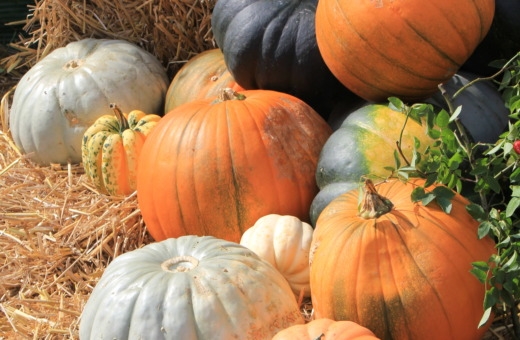
Colors of pumpkins. (cc0.photo)

Graffiti cauliflower. (swanleyvillagevegetables.co.uk)
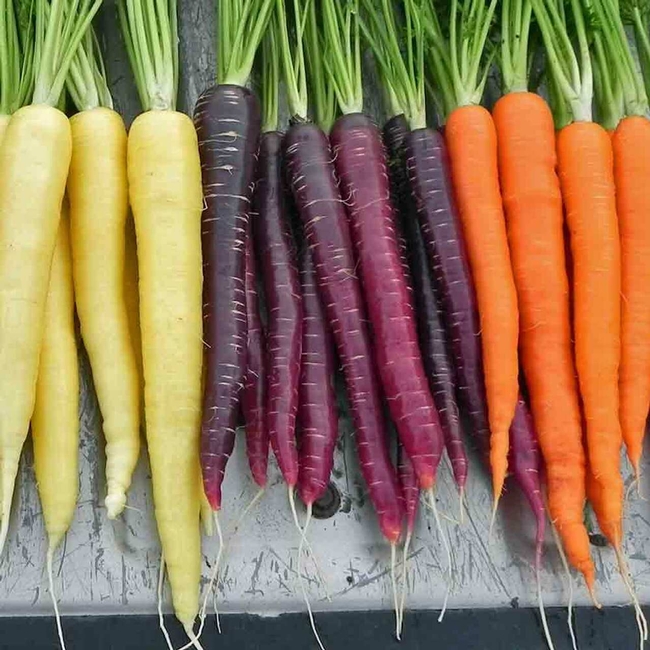
Carrots of many colors. (stoore.underwoodgardens.com )
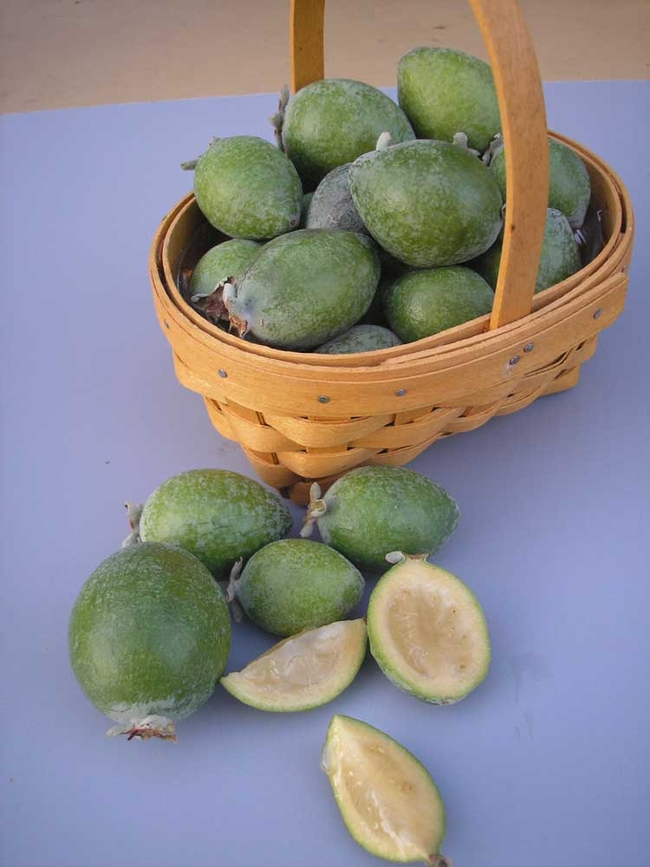
Pineapple guava. (treesofjoy.com)
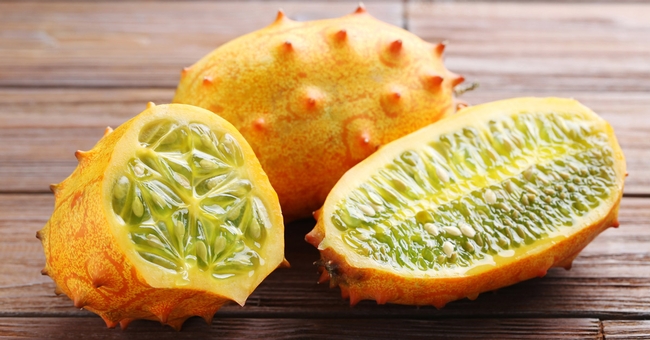
Horned melon. (healthline.com)
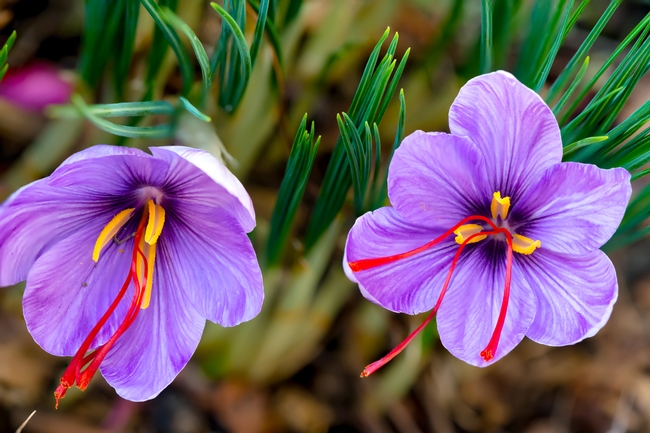
Saffron crocus blossom. (britannica.com)
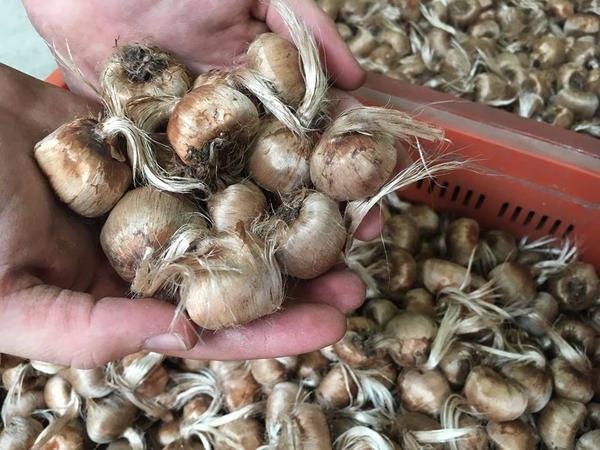
Saffron crocus corms. (farmergracy.co.uk)
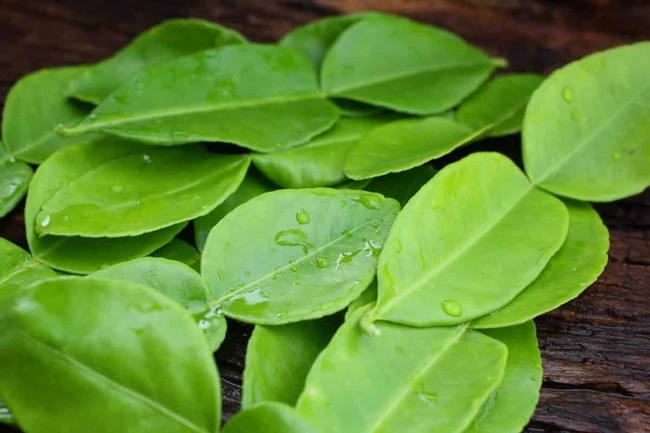
Kaffir lime leaves. (spiceography.com)
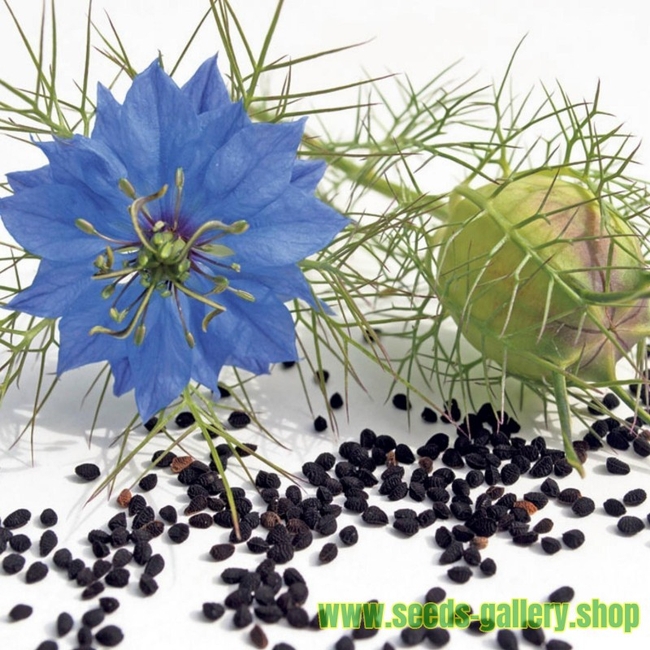
Nigella sativa, bloom, seed pod, seeds. (seeds-gallery.shop)
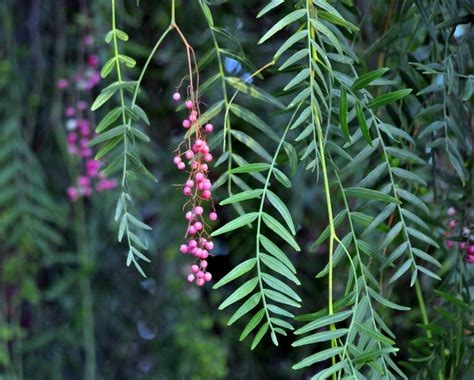
California pink pepper tree. (gardeningknowhow.com)
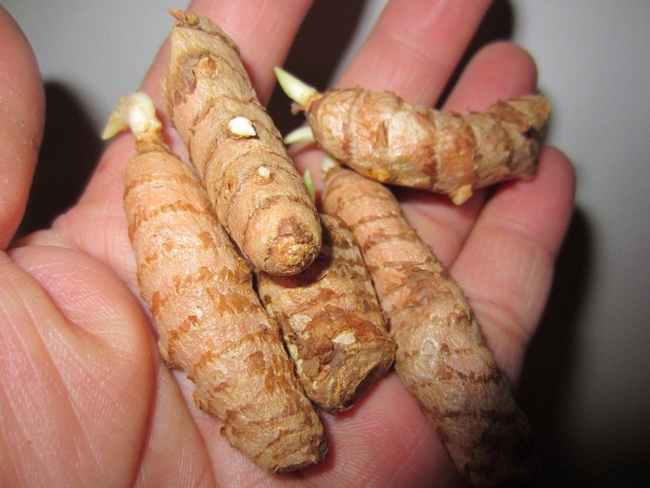
Turmeric rhizomes. (pinterest.com)